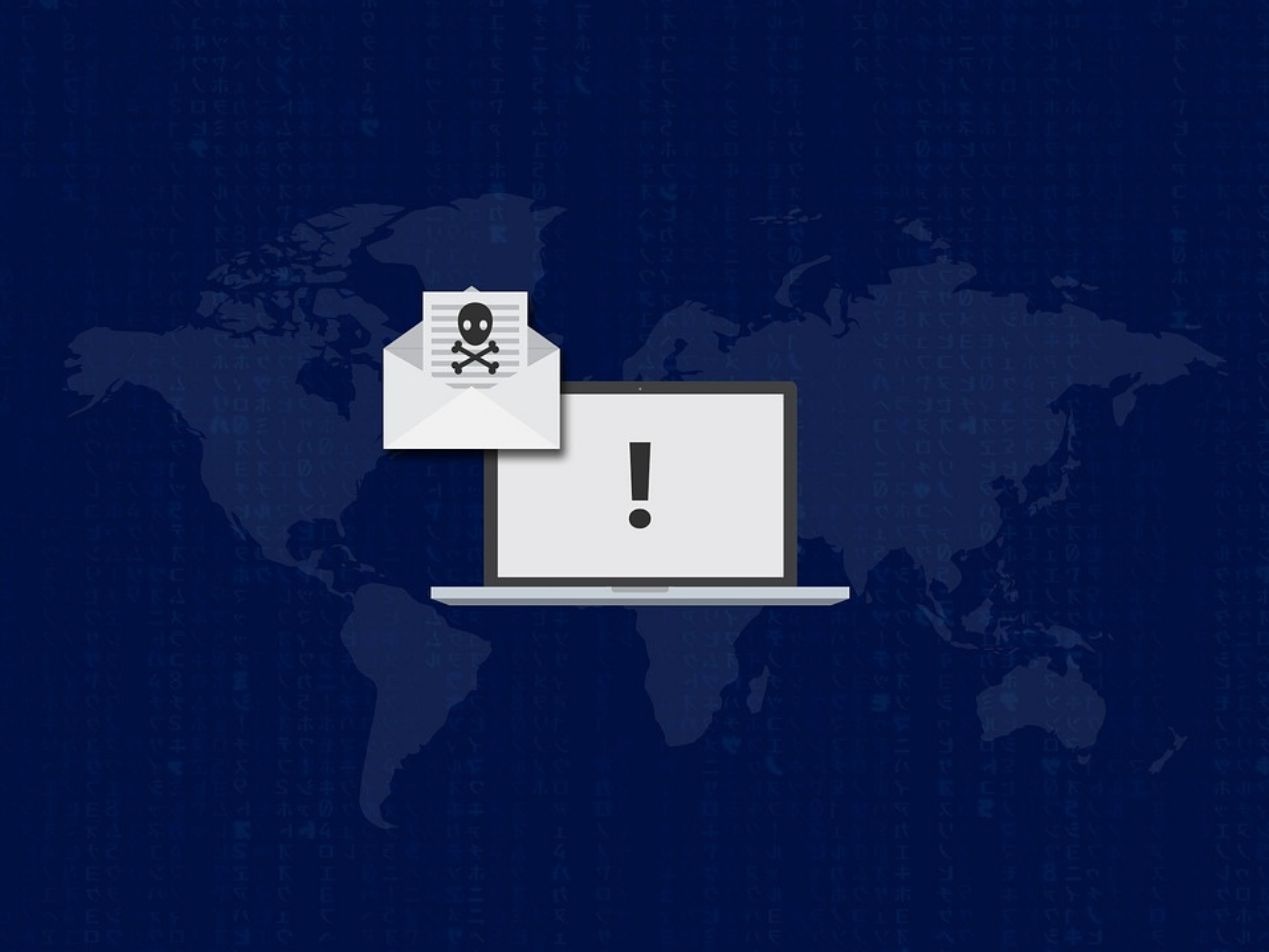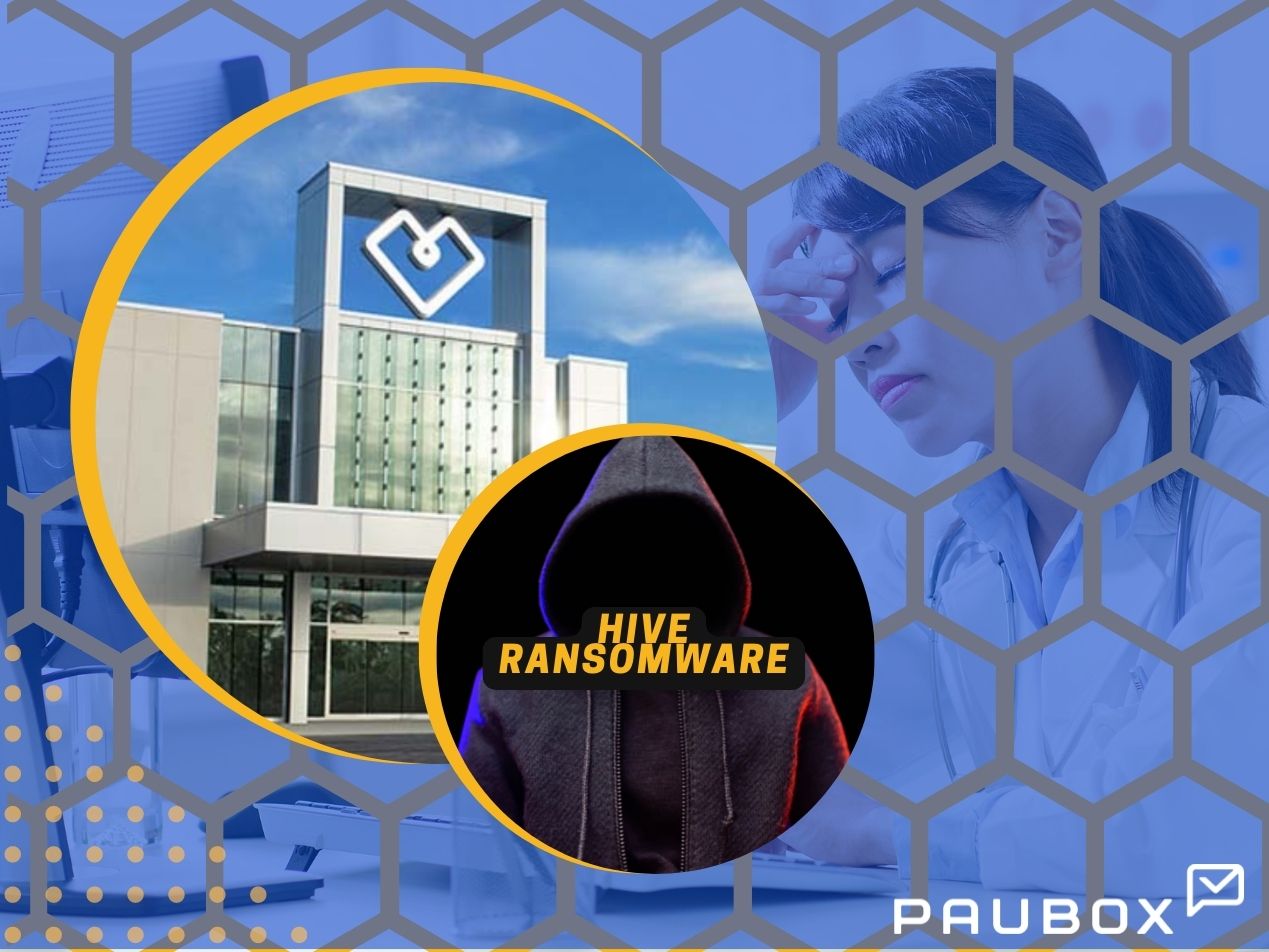
On June 28th 2017, the enforcement body of HIPAA known as the Office of Civil Rights (OCR) released a cyber notice giving guidance to consumers about the recent international ransomware attacks. At Paubox, we feel that it is our duty to share this information to the public. We have summarized the contents of this cyber notice below.
The cyber notice was released in response to multiple reports of Petya ransomware infections around the world. Ransomware, which continues to evolve every day, is a type of malicious software that infects a computer and restrict the user's access to it until the user pays to unlock it.
Petya ransomware is a particular type of ransomware that encrypts the master boot records of infected Windows computers.
Below is HHS's guide for those that have been infected by ransomware and how to mitigate against that type of threat.
Here's what to do if you are the victim of a ransomware attack
If your organization is the victim of a ransomware attack, HHS recommends the following steps:- Please contact your FBI Field Office Cyber Task Force or US Secret Service Electronic Crimes Task Force immediately to report a ransomware event and request assistance. These professionals work with state and local law enforcement and other federal and international partners to pursue cyber criminals globally and to assist victims of cyber-crime.
- Please report cyber incidents to the US-CERT and FBI’s Internet Crime Complaint Center
- **NEW** If your facility experiences a suspected cyberattack affecting medical devices, you may contact FDA’s 24/7 emergency line at 1-866-300-4374. Reports of impact on multiple devices should be aggregated on a system/facility level.
- For further analysis and healthcare-specific indicator sharing, please also share these indicators with HHS’ Healthcare Cybersecurity and Communications Integration Center (HCCIC) at HCCIC@hhs.gov
Mitigating against this threat
- Educate users on common Phishing tactics to entice users to open malicious attachments or to click links to malicious sites.
- Patch vulnerable systems with the latest Microsoft security patches
- Verify perimeter tools are blocking Tor .Onion sites
- Use a reputable anti-virus (AV) product whose definitions are up-to-date to scan all devices in your environment in order to determine if any of them have malware on them that has not yet been identified. Many AV products will automatically clean up infections or potential infections when they are identified.
- Monitor US-CERT for the latest updates from the U.S. government. See below for current reporting.
- Utilize HPH Sector ISAC and ISAO resources. See below for further information.
Additional Guidance from HHS
OCR provides cybersecurity guidance materials including a cybersecurity checklist, ransomware guidance and cyber awareness newsletters. Click here if you would like to learn more about it. For more information on breach reporting, visit here.
Subscribe to Paubox Weekly
Every Friday we'll bring you the most important news from Paubox. Our aim is to make you smarter, faster.



